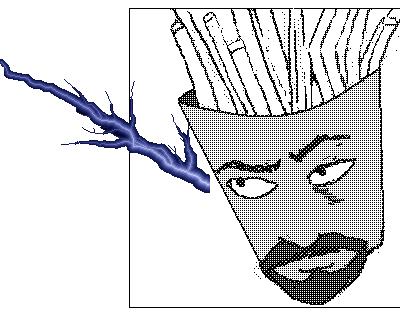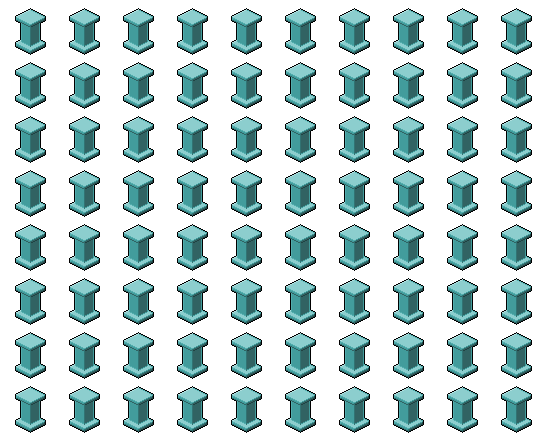An attempt at a wikipedia page on the internet surf club phenomenon is mostly wrong, or a joke, particularly in describing it as "net.art" (an older form of internet art, as indicated by the knowing dot placement, a la the dot com era). Am not too interested in a nerd tug of war over language on Wikipedia, so here's a first draft to replace the bare bones text that's there:
A so-called internet Surf Club is a group site (usually a blog) where artists and others link to "surfed" or "surfable" items on the Web and also post some of their own creative work. "Nasty Nets Internet Surfing Club" was the first to use the words "surfing club" (ironically) and others on the list below followed the form or adopted the word "club" to sound relevant. Several "clubs" on the list are arguably Net Art 1.0 or "net.art" style websites and not Nasty Nets-style surf clubs. The original clubs were never true clubs but there has been much rancor over the issue of invited membership in the supposedly open and democratic web that still exists outside Facebook-like commercial enclaves. Dump.fm is a real-time image sharing website that has many aspects of a surf club; however, anyone can sign up for Dump. The core surf clubs (Nasty, Double Happiness, Loshadka) are barely active now--their heyday was 2006-2009, which could be called the "surf club era." Arguably the widely-used, configurable tumblr sites made surf clubs obsolete.
Citations to add:
Rhizome Surf Club vs 4Chan discussion
Rhizome Surf Club vs Rhizome discussion
http://www.tommoody.us/archives/2010/05/09/surf-art-continuity/
blog posts at http://www.tommoody.us/?s=surf+club
Addendum: Although Nasty Nets used the phrase "surfing club" the usual shorthand use is "surf club." Titling the Wikipedia page "surfing club" sounds prissy and formal, or mock-formal, at this stage of the discussion.
Afterthought: One thing is fairly certain: the history of surf clubs will not be memorialized on Wikipedia by the original participants, but rather a later generation that misunderstands the "clubs" as a form of "net.art," or adds a faux mystical dimension that absolutely wasn't there at the outset. The web is mostly crap, people. Miracles happen, but attempts to claim an exalted higher plane for "surfing" are bogus--even sardonic attempts.
Update: Many thanks to whomever modified the Wikipedia "Surfing Club" entry, incorporating some ideas and language from this post.


